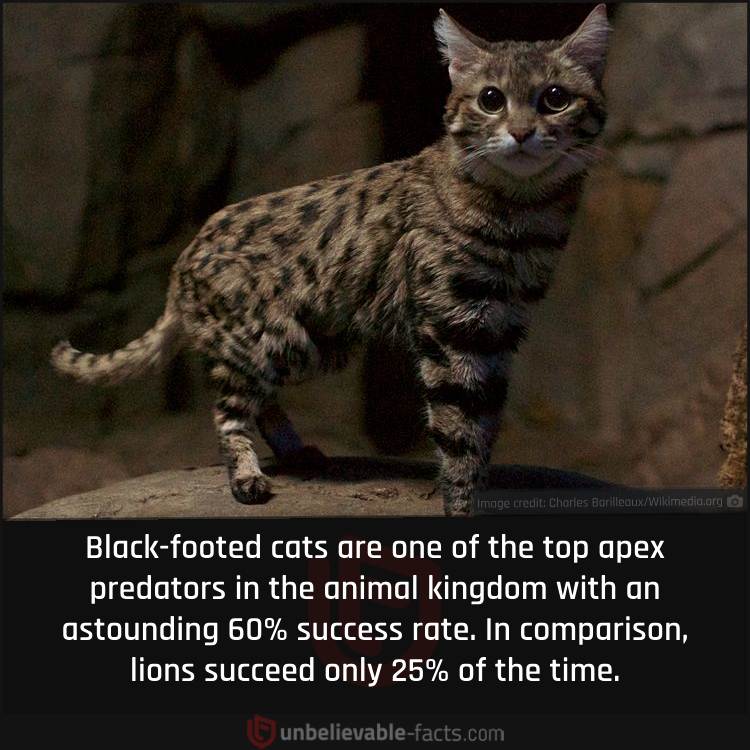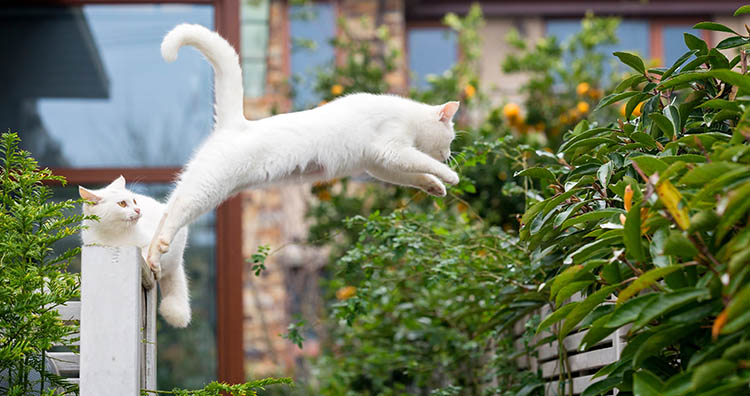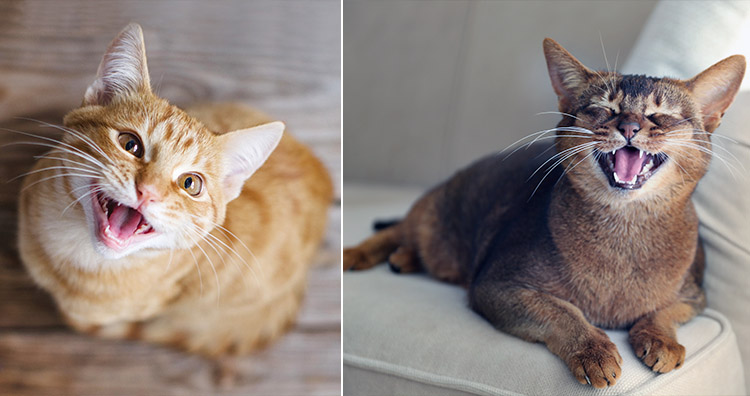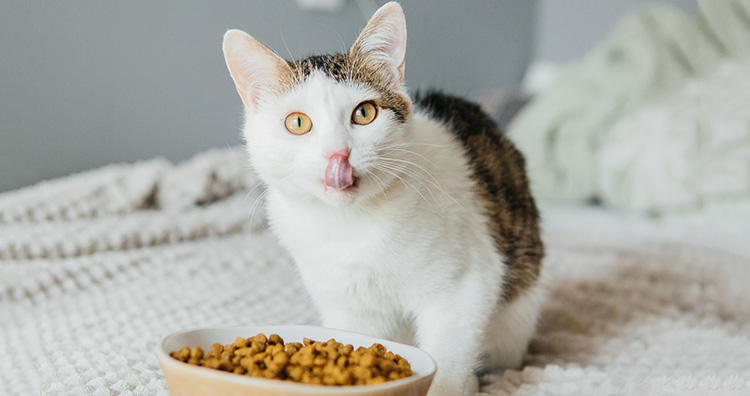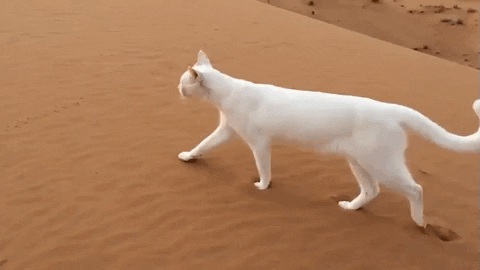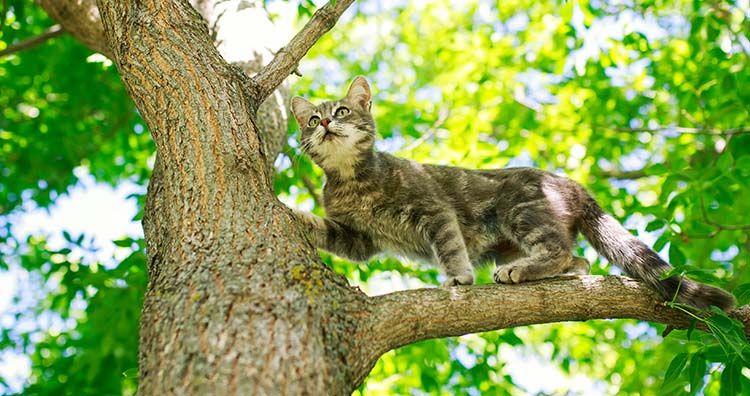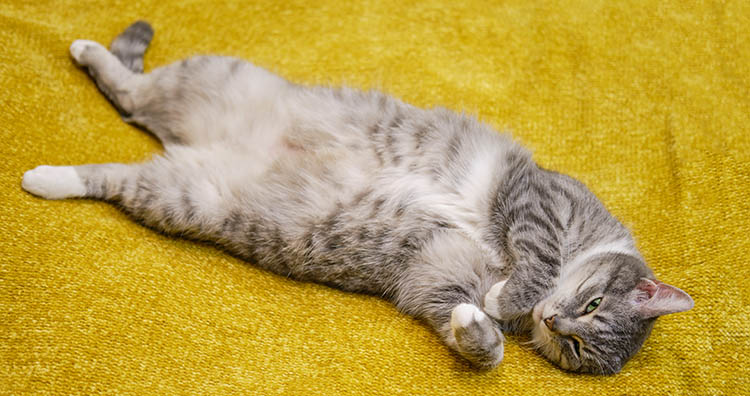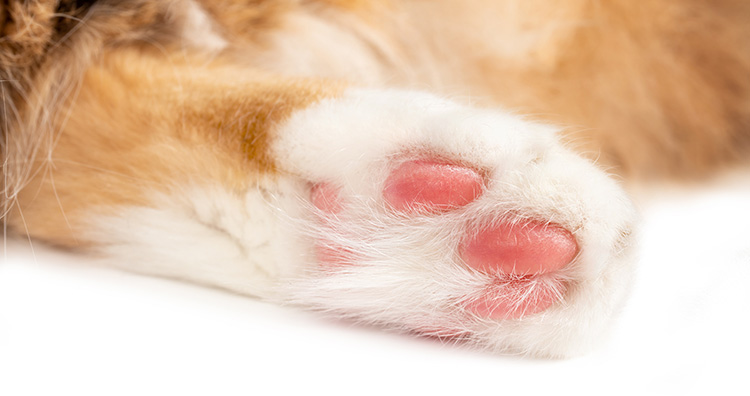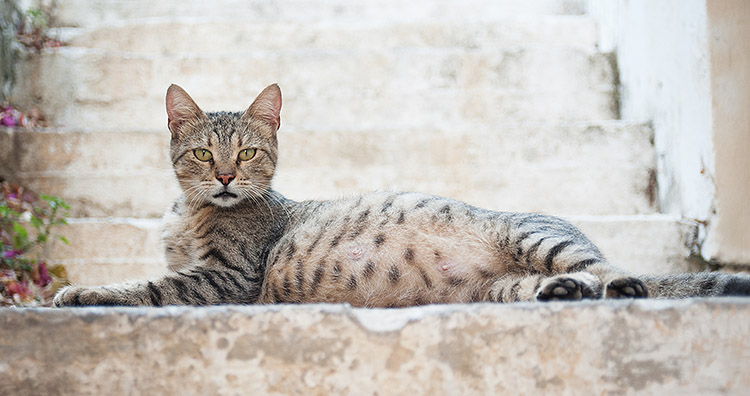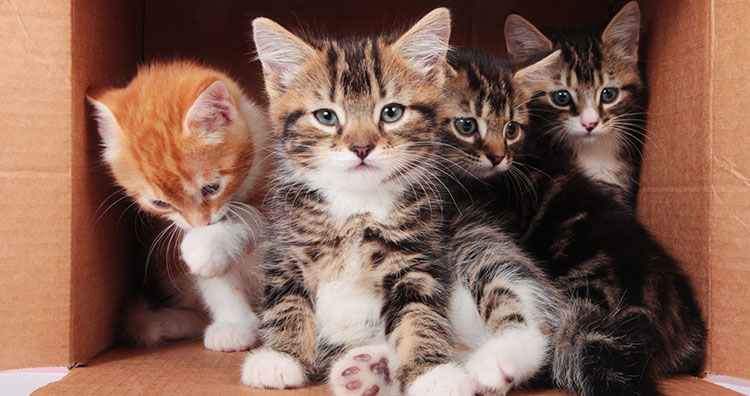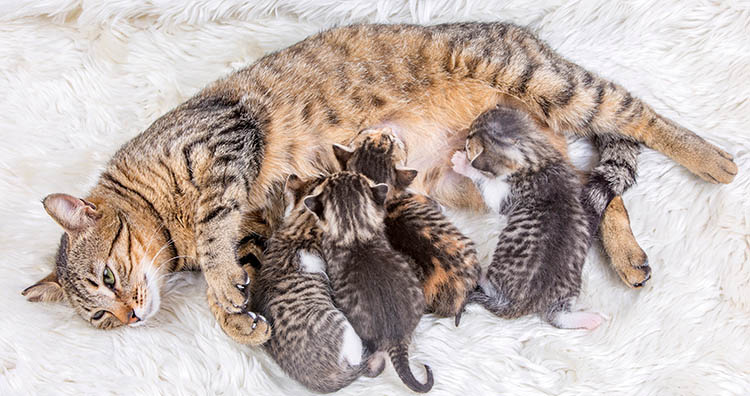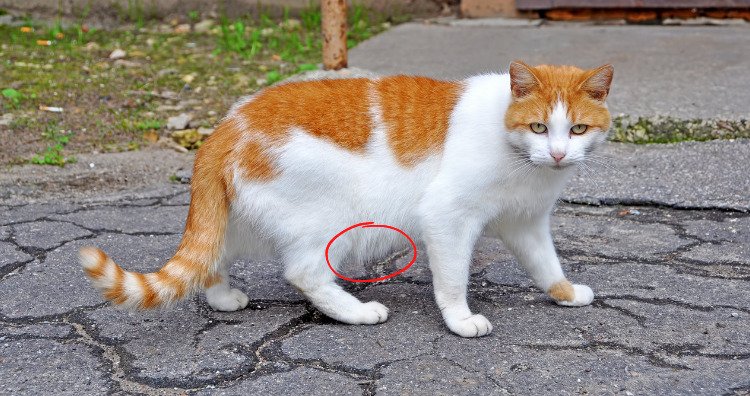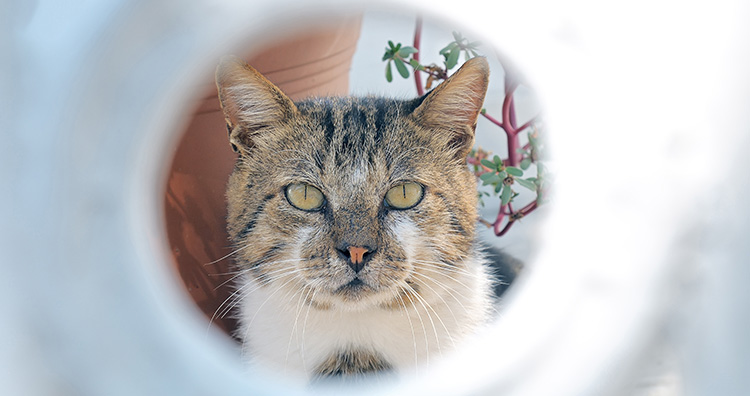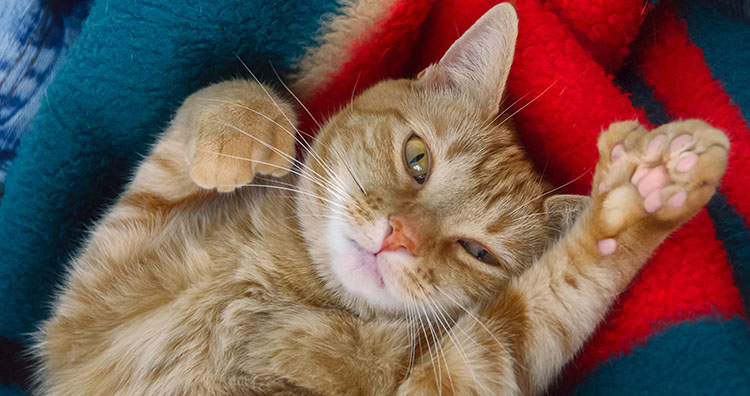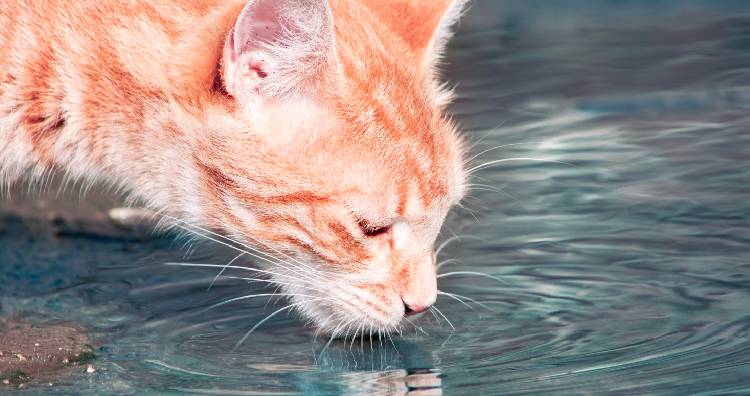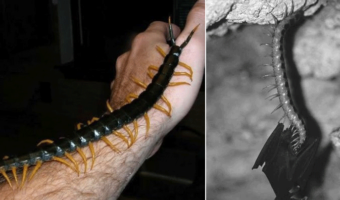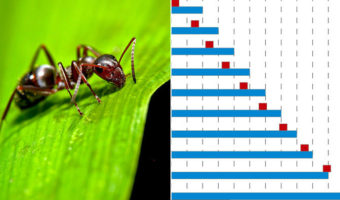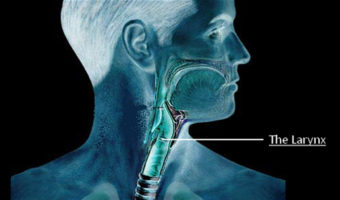80 Fascinating Facts About Cats
Cats are pretty interesting animals. While most people know a lot about dogs, cat behavior, their anatomy, and characteristics remain a mystery to most. If you are a feline lover, here are 80 fascinating cat facts you probably didn’t know.
Table of Contents
79/80
Cats can indeed donate blood to help other felines in need.
Healthy cats can donate blood for other cats’ medical needs.
78/80
Black-footed Cats Have a 60% Hunting Success Rate
Black-footed cats are one of the top apex predators in the animal kingdom with an astounding 60% success rate. In comparison, lions succeed only 25% of the time.
77/80
Cats are shortsighted, but their night vision and peripheral vision are better than that of humans.
The main difference between a cat’s and a human’s vision is their retina. That is a layer of tissue located at the back of the eye that contains photoreceptor cells. Cats have more rods that are responsible for better peripheral and night vision. These rods detect shades of gray and brightness. A higher concentration of rods results in a better vision. (source)
76/80
Cats are superior jumpers. They can jump up to six times their height.
Cats have a very flexible musculoskeletal system that gives them very strong coordination and balance. Strong muscles in the hindquarters and back enable them to leap six times higher than their own height – up to four to five feet. They can jump high horizontally or vertically. (1, 2)
75/80
Kittens have 26 deciduous teeth and adult cats have 30 permanent teeth.
Kittens have 26 milk or deciduous teeth, including 12 incisors, four canines, ten premolars, and zero molars. By adulthood, cats have 30 permanent teeth. They grow four molars at the age of four to five months, adding up to a total of 30. (1, 2)
74/80
Cat’s can’t taste sweetness. There is a reason why your cat prefers wet, meaty food over dry kibble.
According to scientists, the reason for this is a genetic mutation that affects the main taste receptors. Unlike most mammals, cats have taste receptors that only prefer meat. (source)
73/80
Cats “directly register,” which means that when they walk, their hind paws land in the same place as their front paws.
This phenomenon is known as “direct registering.” The cat uses a “pacing” gait and moves both legs on one side of the body before the legs on the other side. This type of movement enables them with a sure footing for hind paws when they are treading on rough terrain. (source)
72/80
Cats cannot get back down headfirst from a tree after climbing it, causing them to get stuck often.
Cats have curved retractable claws and stronger hind legs. These features make it easier for them to climb up than climb down. They are agile climbers when going up a tree, but the same does not apply when they climb down. Unlike squirrels, they cannot get back down headfirst from a tree. (source)
71/80
Cats commonly have white bellies and paws.
A white-colored pigment develops right in the womb along with the spine cells. It later moves all the way to the front. Sometimes, this pigment stops mid-way, resulting in color at the top and white color at the bottom. (source)
70/80
Cats sweat very little. It is just a fraction of what humans do.
The sweat glands are present on the toes and paw pads in cats. They perspire through them only when they are frightened or stressed. (1, 2)
69/80
A female cat can get pregnant at just four to six months of age.
The process of a cat getting ready to have kittens is called “queening.” Female cats keep going into heat every two to three weeks, making them ready to get pregnant much more often than desired. They can get pregnant as early as four months of age, and only spaying can prevent this. (source)
68/80
It is possible for kittens of the same litter to have more than one father? They may all look different from each other.
A cat in heat releases multiple eggs throughout the several days of her cycle. If a female cat in heat chooses more than one male partner to mate with, it is possible that she carries kittens from different partners. (1, 2)
67/80
One female cat can produce approx 180 kittens in its lifetime.
As cats attain the ability to get pregnant when they are as young as four months, they have a higher birth cycle. Cats go into heat every two to three weeks. Each litter has on average four kittens, but some cats may even give birth to up to 12 kittens in a single litter. (source)
66/80
Cats have excess skin/fat on their bellies, known as the “primordial pouch.”
The “primordial pouch” is positioned along the length of a cat’s belly. This pouch protects the internal organs by adding an extra layer between claws/teeth and the organs. Another theory states that this pouch stretches as the cat runs, enabling them to be more flexible and to move faster. (source)
65/80
A cat can fit through any opening smaller than its head.
It is not unusual to find a cat squeezing its head through a very tiny hole. The reason behind this is that cats do not have any collarbone and so, they can easily squeeze in their heads through a smaller hole. (source)
64/80
Some cats have more than 18 toes.
Cats who have more than 18 toes are called “polydactyl.” Cats have extra toes because of a genetic mutation that results in a dominant gene being transferred down the family tree. (source)
63/80
Cats’ kidneys are strong enough to filter the salt out so the water can hydrate them.
Cats’ biological body functions differ from humans. Their bodies can process saltwater. The cats have strong kidneys that can filter the salt from seawater and use the filtered water for hydration. But, this being said, they cannot survive alone on saltwater and food. Continual intake of too much salt can take a toll on their kidneys. If caught in a difficult situation, a cat can thrive on saltwater for a few days. (source)
20 Interesting Things You Probably Didn’t Know About the Scream Movies
A Giant Eyeball in Downtown Dallas: What Is its significance?















